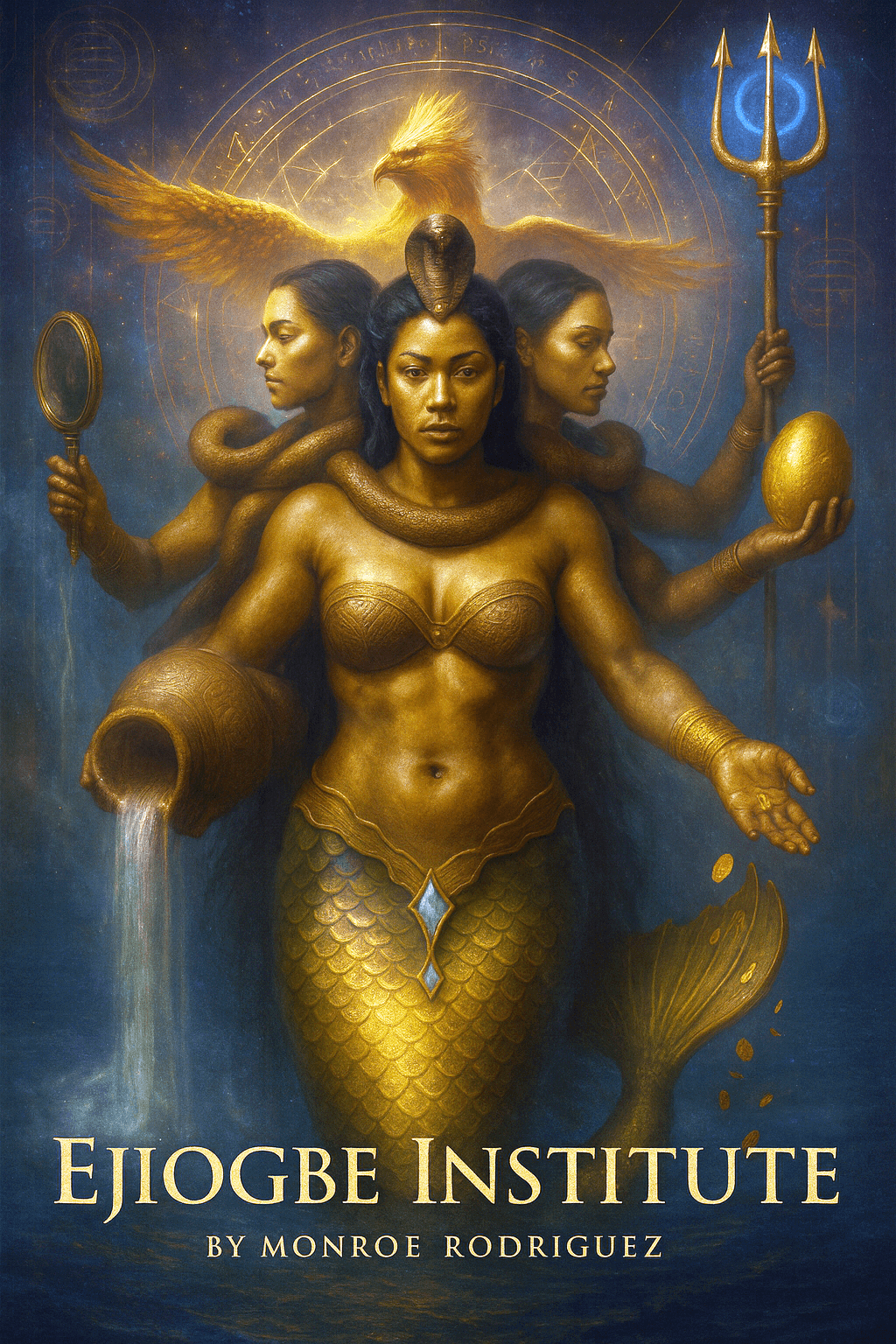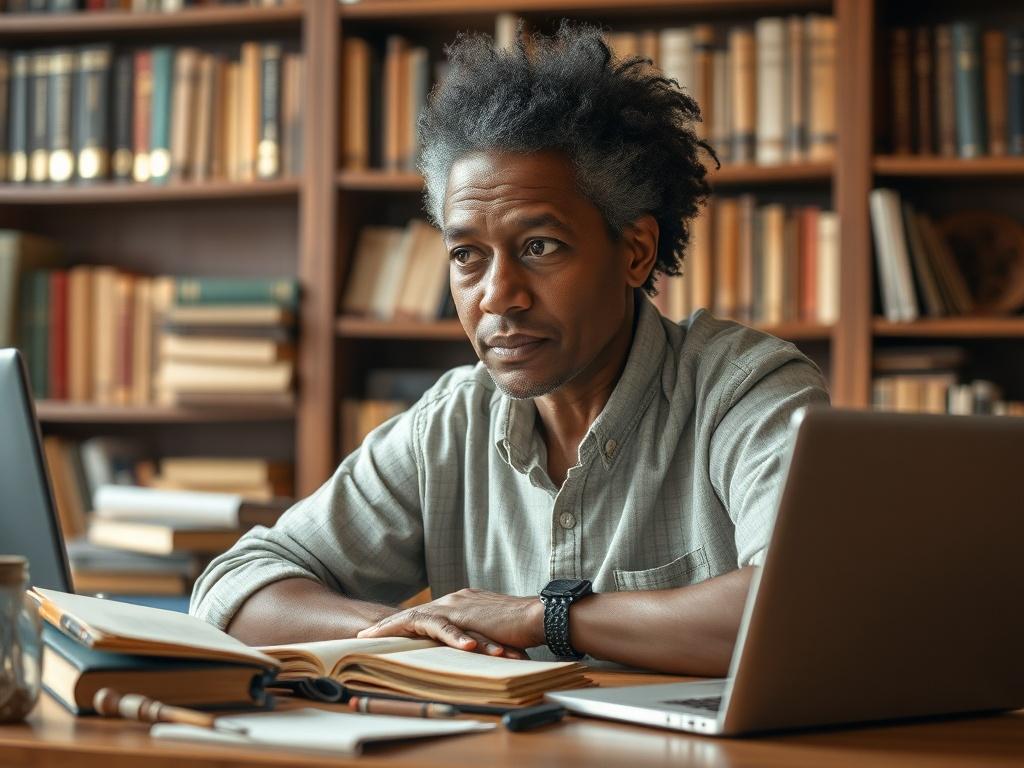
Are Traditional Archives Dead? Do People Still Trust Digital Preservation?
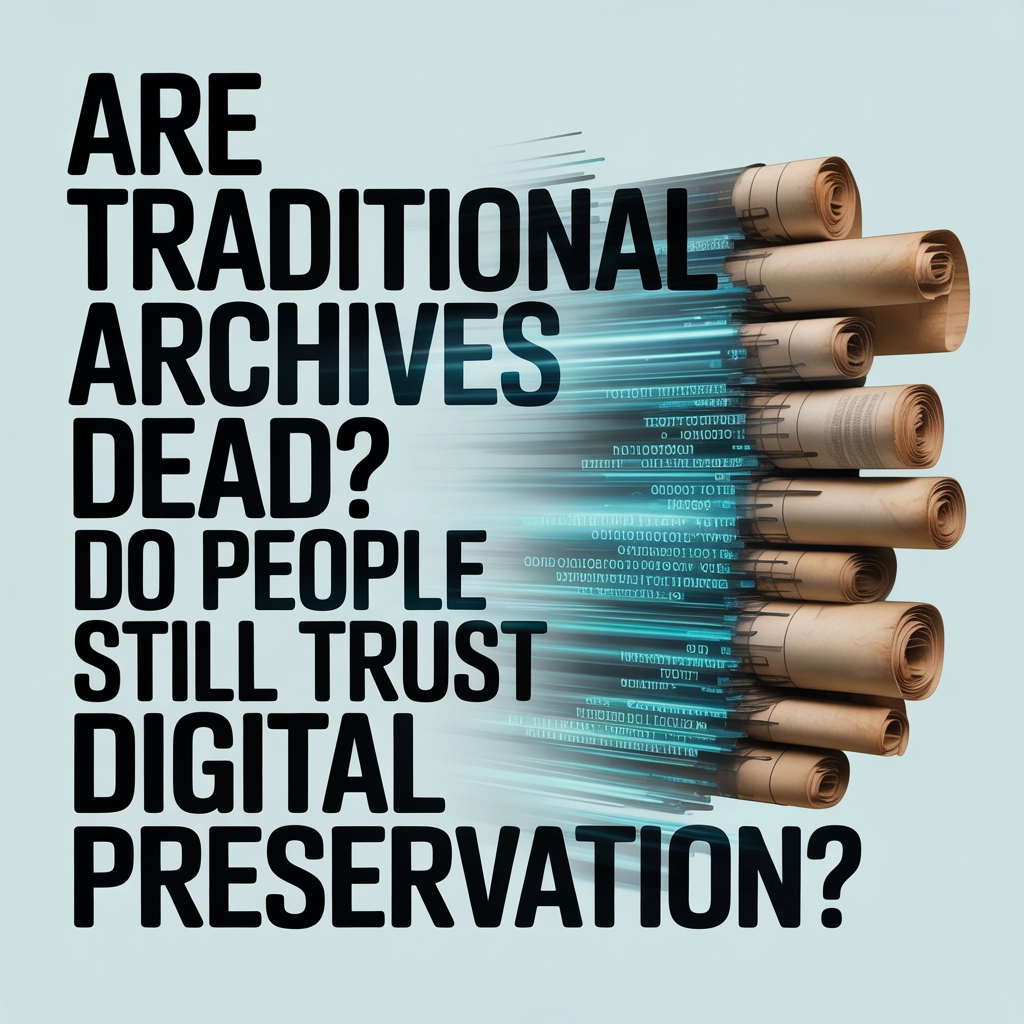
Traditional archives are not dead: they are experiencing a profound renaissance as communities worldwide recognize their irreplaceable role in preserving cultural wisdom. While digital preservation has revolutionized how we access and share ancestral voices, significant trust concerns continue to challenge purely digital approaches. The truth is more nuanced: we need both traditional and digital preservation working together to safeguard our cultural heritage for future generations.
The Sacred Permanence of Traditional Archives
Physical archives possess a sacred quality that digital formats cannot fully replicate: material permanence. When our elders' handwritten letters, traditional recipes, and family photographs are properly preserved, they can remain stable for centuries with minimal intervention. This permanence represents more than just storage; it embodies the tangible connection between past and present that our communities cherish.
Recent assessments confirm what many cultural preservationists have long understood: properly stored traditional materials can last hundreds of years, while digital formats face the constant threat of technological obsolescence. This reality has become increasingly apparent as institutions witness the phenomenon of "digital dark ages": where valuable cultural information becomes inaccessible due to format changes, media degradation, and evolving technology.
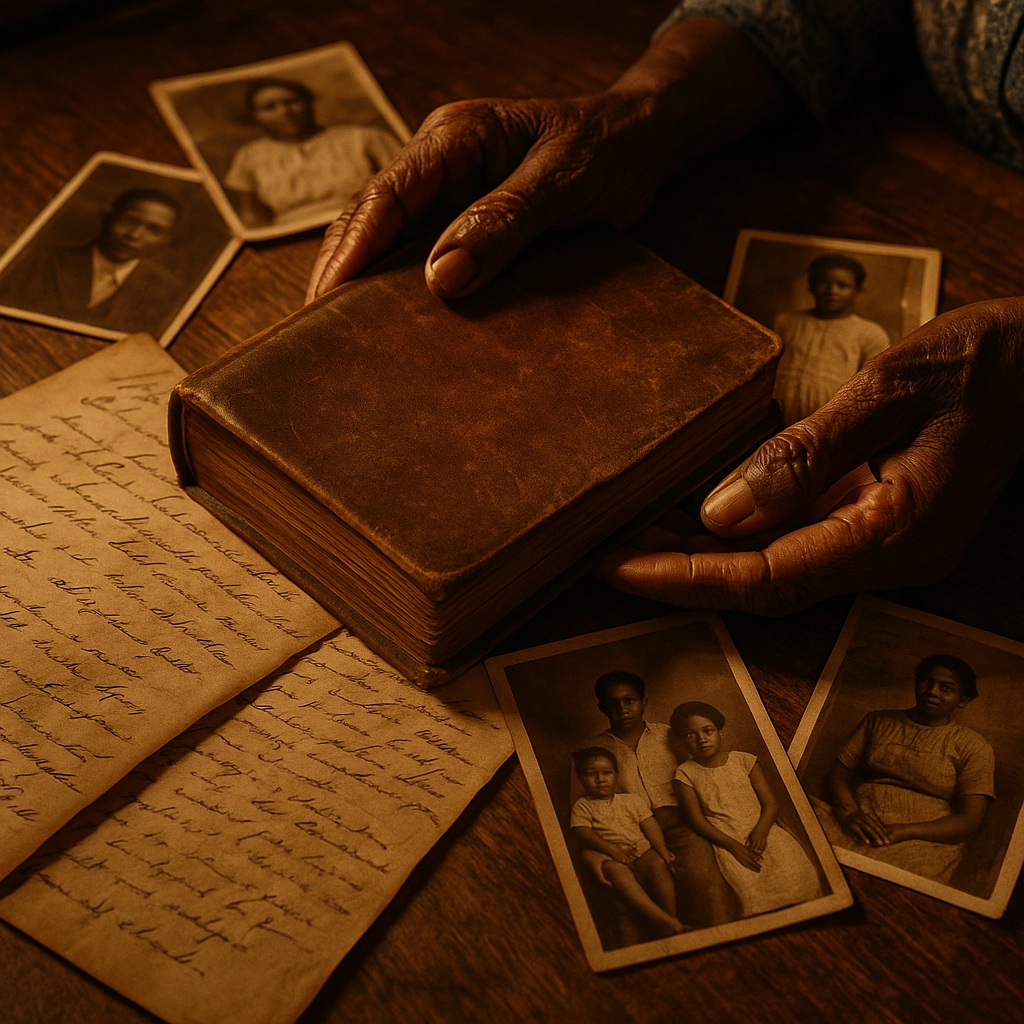
The authenticity of traditional archives cannot be overstated. When we hold our grandmother's prayer book or examine our ancestor's immigration documents, we experience a direct connection to their lives and wisdom. This tactile experience preserves not just information, but the spiritual and emotional resonance that strengthens our cultural identity. Legal, historical, and cultural purposes often require this level of authenticity and provenance that only physical materials can provide.
Digital Preservation: Promise and Peril
Digital preservation has transformed how we share ancestral wisdom, offering unprecedented access and searchability that connects diaspora communities with their cultural roots. We can now hear our elders' voices across continents and share traditional teachings with global audiences. However, this revolutionary access comes with significant preservation challenges that affect trust in digital-only approaches.
Technological Obsolescence presents perhaps the greatest challenge to digital preservation. Unlike traditional archives that can survive periods of benign neglect, digital materials require continuous migration as technology evolves. The traditional archive lifecycle, where records transfer to permanent storage after decades, proves inadequate for digital materials that may become obsolete within years.
Security Vulnerabilities pose unique threats to digital cultural preservation. Recent incidents, including cyber-attacks on major cultural institutions, demonstrate how digital archives face risks that physical collections never encounter. While digital materials can be duplicated more easily than physical ones, this creates new challenges around authenticity verification and maintaining the integrity of our cultural records.

Infrastructure Dependencies concern many communities seeking to preserve their heritage. Digital preservation relies heavily on commercial online services and technology companies whose priorities center on profit rather than cultural continuity. This commercial dependency raises questions about long-term accessibility and control over our most precious cultural assets.
The Trust Question: Why Communities Remain Cautious
Communities worldwide express justified caution about entrusting their entire cultural heritage to digital platforms. The shift toward digital technologies has, in many cases, sidelined preservation efforts as institutions emphasize access over long-term safeguarding. This creates a fundamental challenge: while increasing amounts of cultural wisdom are "born digital," the difficulties of preserving them for future generations continue to multiply.
Many elders and cultural keepers have witnessed technological changes that made their earlier digital efforts inaccessible. Stories abound of family histories stored on obsolete media formats, community archives lost to platform changes, and traditional knowledge trapped in proprietary systems. These experiences naturally influence trust levels and preservation decisions within our communities.
The ease of digital duplication, while offering resilience against certain types of loss, has also introduced concerns about unauthorized copying and cultural appropriation. Communities working to preserve sacred knowledge and traditional practices must carefully balance accessibility with appropriate protection of sensitive cultural materials.
Bridging Worlds: The Complementary Approach
The most effective preservation strategies recognize that traditional and digital archives serve complementary roles in safeguarding cultural heritage. Digital archives excel in providing remote access, enhanced searchability, and the ability to connect scattered community members with their ancestral wisdom. They enable us to share traditional teachings across geographical boundaries and create global networks of cultural preservation.
Traditional archives continue providing irreplaceable stability and authenticity. They serve as the ultimate backup system, the authoritative source that validates digital copies and preserves the tangible connection to our ancestors. This complementary relationship strengthens rather than weakens both preservation methods.
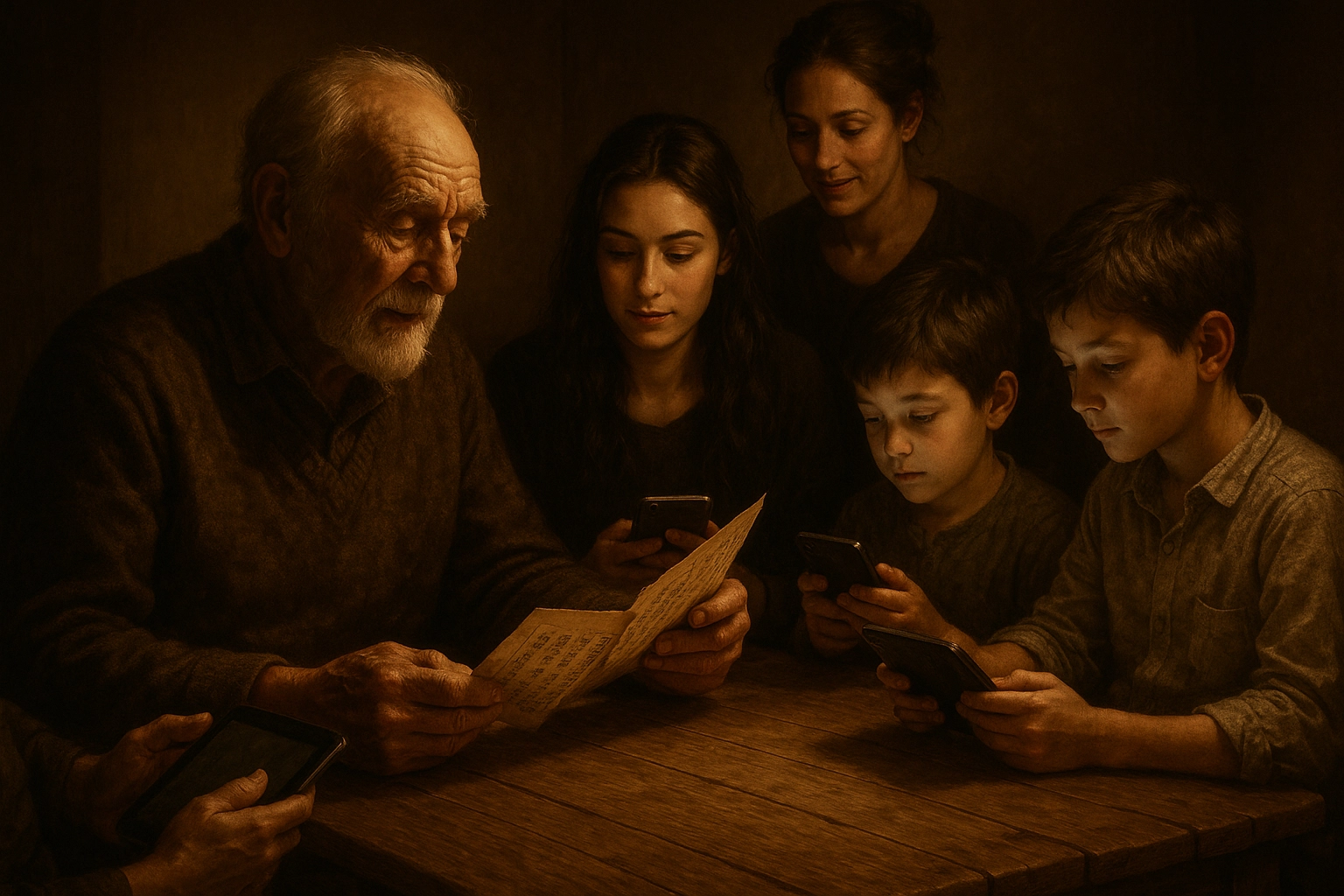
Forward-thinking cultural institutions now employ hybrid approaches that harness the strengths of both preservation methods. They digitize materials for broad access while maintaining physical originals for long-term preservation and authenticity verification. This strategy acknowledges that different types of cultural materials require different preservation approaches based on their nature, significance, and community needs.
Technology in Service of Tradition
At Ejiogbe Voices, we understand that technology must serve tradition, not replace it. Our approach to digital preservation prioritizes community control, cultural sensitivity, and long-term accessibility while respecting the irreplaceable value of traditional archival methods. We recognize that preserving ancestral voices requires more than just digital storage: it demands platforms designed specifically for cultural heritage preservation.
Our commitment extends beyond simple digitization to create systems that honor the wisdom of our elders while ensuring their teachings remain accessible to future generations. We design our preservation tools with community ownership in mind, empowering cultural keepers to maintain control over their heritage while benefiting from digital accessibility.
This philosophy guides our development of culturally sensitive AI voice tools that can help preserve and share traditional knowledge while maintaining appropriate community oversight and protection mechanisms.
The Future of Cultural Preservation
The future of cultural preservation lies not in choosing between traditional and digital approaches, but in creating integrated systems that leverage both methods' strengths. Successful preservation strategies will combine the permanence and authenticity of traditional archives with the accessibility and connectivity of digital platforms.
Communities are increasingly recognizing that effective cultural preservation requires multiple preservation strategies working in harmony. Physical archives provide the stable foundation, while digital platforms extend reach and create new possibilities for community engagement and cultural transmission.

This integrated approach acknowledges that different cultural materials and community needs require different preservation solutions. Sacred texts might demand traditional preservation methods, while oral histories might benefit more from digital platforms that can share voices across generations and geographical boundaries.
Preserving Wisdom for Tomorrow
Traditional archives are not dead: they are evolving alongside digital preservation methods to create more robust and comprehensive approaches to cultural heritage safeguarding. Trust in digital preservation continues to grow as platforms demonstrate long-term reliability and community-centered design, but this trust develops alongside, not instead of, appreciation for traditional preservation methods.
The question is not whether people trust digital preservation, but how we can design digital systems worthy of that trust while honoring the enduring value of traditional archives. Communities seeking to preserve their cultural heritage need options that respect both innovation and tradition, creating pathways for ancestral wisdom to flow seamlessly between physical and digital realms.
As we move forward, the most successful cultural preservation efforts will be those that embrace both approaches, creating complementary systems that ensure our ancestors' voices continue to guide and inspire future generations through whatever technological changes may come.
